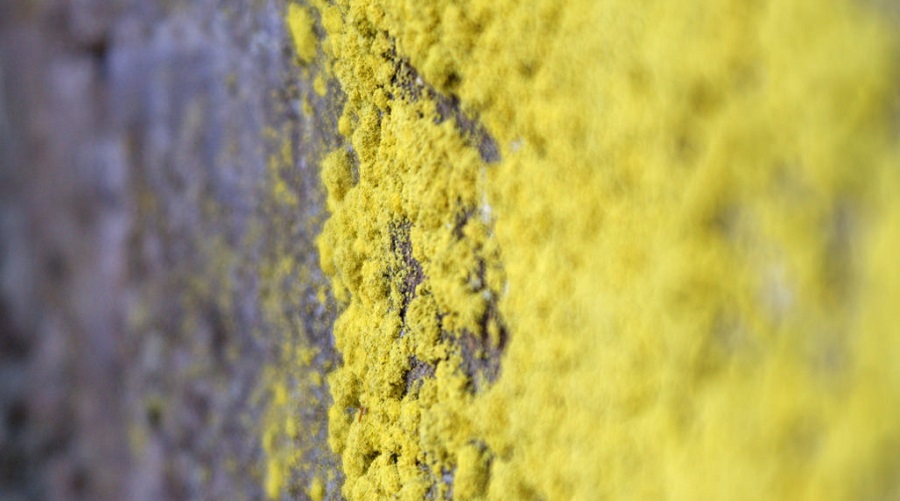Researchers at the University of California – Berkeley have discovered that a bacterium named Moorella thermoacetica produces solar fuels through artificial photosynthesis in a very efficient way when fed with gold.
In a paper published in Nature Nanotechnology, the scientists explain that by placing light-absorbing gold nanoclusters inside the CO2-hungry bacterium, they have created a biohybrid system that produces a higher yield of chemical products.
Previous experiments had already turned M. thermoacetica into a tiny photosynthesis machine. Such tests consisted on attaching light-absorbing nanoparticles made of cadmium sulfide to the bacterial membrane exterior, which then resulted in the conversion of sunlight and carbon dioxide into useful chemicals.
However, even though cadmium sulfide has the ability to absorb visible light, it is toxic to bacteria and the nanoparticles had to be attached to the cell membrane “extracellularly,” or outside the M. thermoacetica-CdS system. This meant that some energy was lost in the process of turning CO2 into acetate, a valuable chemical for making solar fuels.
This got the scientists thinking about a better way to improve the bacterium’s ability to produce acetate. Eventually, they turned to nanoclusters made of 22 gold atoms (Au22) and the results were nothing but surprising because M. thermoacetica just loved it.
“We selected Au22 because it’s ideal for absorbing visible light and has the potential for driving the CO2 reduction process, but we weren’t sure whether it would be compatible with the bacteria,” said one of the authors of the study, Peidong Yang, in a media statement. “When we inspected them under the microscope, we discovered that the bacteria were loaded with these Au22 clusters – and were still happily alive.”
The researchers named Au22 “magic gold nanoclusters,” which they also selected because of their ultrasmall size: A single Au22 nanocluster is only 1 nanometer in diameter, which allows each nanocluster to easily slip through the bacterial cell wall.
Yang explained that by feeding bacteria with Au22 nanoclusters, he and his team were able to pushM. thermoacetica to produce 33 per cent more acetate.
This discovery supports UC-Berkeley’s ongoing efforts to find affordable, abundant resources for renewable fuels, and potential solutions to thwart the effects of climate change.”Next, we’d like to find a way to reduce costs, improve the lifetimes for these biohybrid systems, and improve quantum efficiency,” Yang said.
Source: http://www.mining.com, Valentina Ruiz Leotaud, 18/10/2018
Reference image by Randi Hausken, Flickr, CC BY-SA 2.0.

